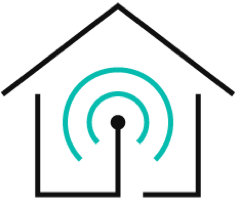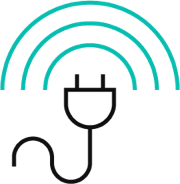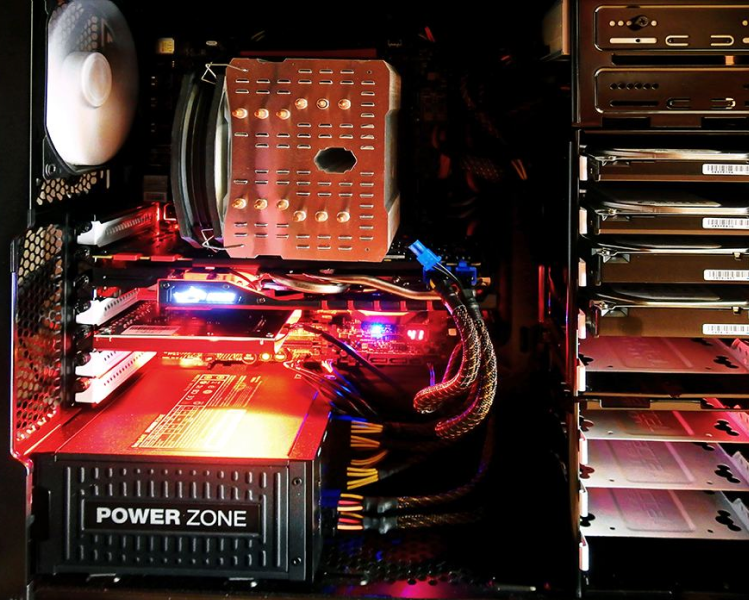Smart lighting allows you to set a schedule for your lights or control them remotely from your phone or voice assistant. Smart lights are the first option for most people. The types of smart lights include light bulbs, light strips, switches, dimmers, LED controllers, etc. Which types of smart lights are more practical in real-life application use?
Smart Light Bulbs
In terms of installation, smart light bulbs are the easiest to install. All you need to do is take out the regular light bulbs and replace them with the smart ones. They come with many features such as remotely turning the lights on/off, dimming the lights, changing the colors, etc. Aside from the fancy features, there is one major flaw. The physical light switch connected to the light bulbs must be on at all times. If you turned the light switch off accidentally or by muscle memory, then you won’t be able to control your light bulbs.
Pros:
- Easy installation!
- Energy-efficient!
- Smart features: switch, color, color temperature, brightness, etc.
Cons:
- Light switch must be on at all times
Smart Switches or Dimmers
Intro
Instead of replacing dozens of light bulbs, smart light switches or dimmers replace light switches to allow you to control your entire lighting system. They give you the functionality to remotely control your lights from your phone or a voice assistant. Unlike smart light bulbs, you can still turn the lights on and off by toggling the in-wall switch.
Pros:
- Switches/dimmers let you control your entire lighting system
- Smart features: switch, brightness, etc.
Cons:
- Hard to install! (*Require a professional)
- Fewer features e.g. cannot change light color or color temperature
LED Strips and LED controller
Intro
LED strips can be installed behind a TV, cabinets, under bed frames, etc. to create cool lighting effects. While LED strips could light up an entire room, they don't work well as the main source of light. Some of the problems may include unbalanced coverage, length of the light strip, voltage drop, heat buildup, etc. If you have regular LED strips, you can get a smart LED controller to give them remote control features.
Pros:
- Great for lighting scenes
- Smart features: switch, color, color temperature, brightness, etc.
Cons
- Unconventional with problems such as unbalanced coverage, length of the light strip, voltage drop, heat buildup, etc.
Conclusion
If you live in a small room or want to get a taste of a smart home, get smart light bulbs. If you live in a big home with many lights, light switches/dimmers offer better value. LED strips can be used together with light bulbs and light switches to create cool lighting effects.
Read more:















